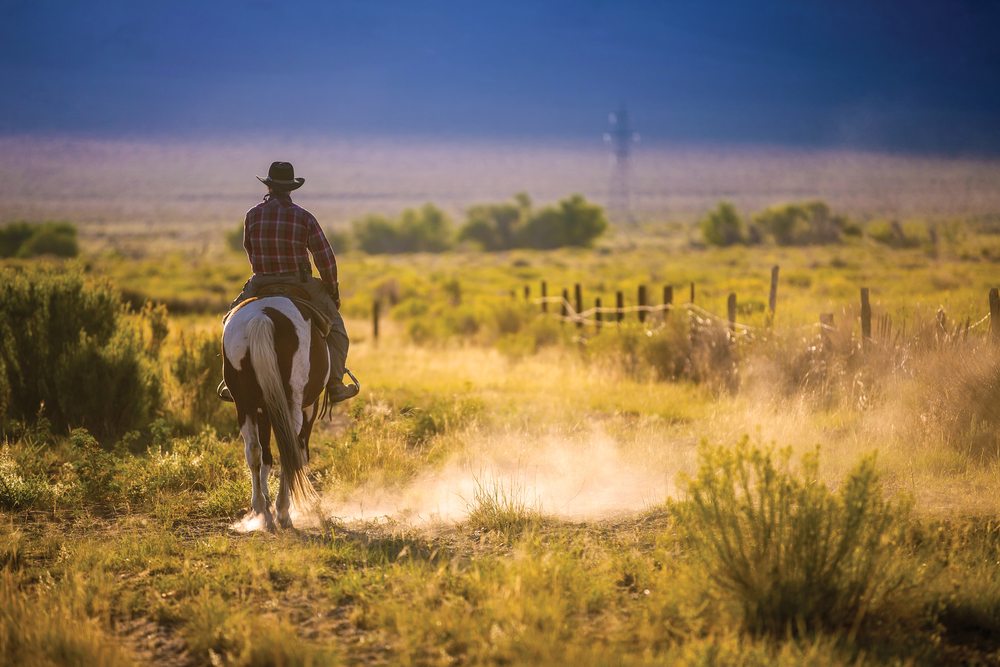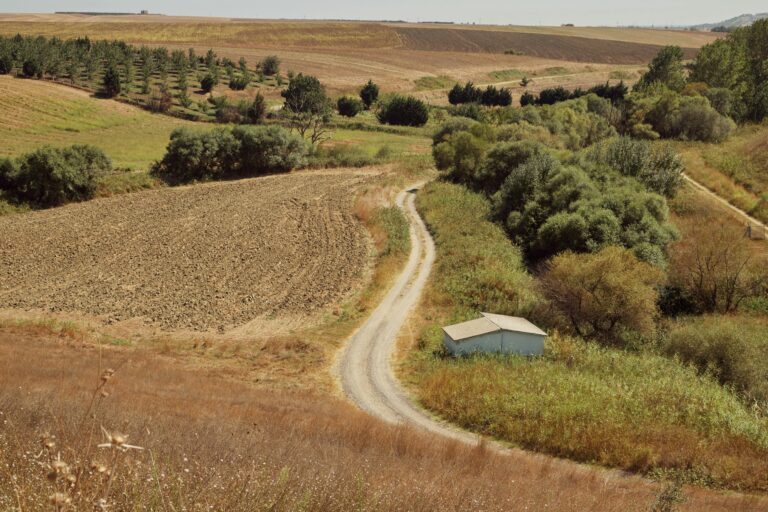
A ranch is often purchased as a place to relax on weekends and during vacations or it is bought for a place to live after retirement. Regardless of the reason for acquiring land, a buyer should fully understand what is involved in ownership before making the commitment. Some fact-finding and family discussions prior to finalizing the purchase decision helps ensure that the new venture will be enjoyable.
A first consideration is property taxes. Unless land is in some type of agricultural production, it will be taxed according to its market value. With today’s land prices, taxes based on market value is usually a large amount. Texas law provides preferential property tax treatment for open-space lands that fall within the following categories:
- Open-space land devoted to agriculture and livestock production;
- Land devoted to wildlife management; and
- Open-space land devoted to timber production.
Under one of the three categories, landowners may apply for special appraisal based on their land’s productivity value rather than what the land would sell for on the open market. Typically, a productivity value is less than market value, which lowers property taxes. There are different qualification requirements for each of the three types of open-space land appraisals; so visit with the agricultural appraiser at your local appraisal district to learn which category best fits your situation.
Family acceptance
Does your passion for ranching and wildlife run deep within your soul or do you just have the three-day ranch virus? If you think you have the terminal ranch virus, it’s time to decide whether you and your family are really serious about wanting to leave city life conveniences, where all your needs are readily accessible. The nearest grocery store in town is probably a few blocks away from your home; whereas in the country, a store of any size can be several miles away. Grocery lists are written for one to two week supplies because it is often too far to go back for an additional bottle of milk or loaf of bread.
Utilities are often a challenge in the country. To process sewage, septic tanks are built and maintained according to government specifications and permits. Lightning storms frequently disable distribution lines, making gasoline or diesel driven generators a nice amenity for maintaining an electric power supply. Wells and pumps are required to supply water to the home, and for other uses. If the pumps are run by electric motors, they quit working when the power goes off and you are without water as well as electricity.
Movie theaters, restaurants, and other recreation venues are less frequented by country folk, not only because of the distance from the ranch; but they just don’t get through working in time. A ranch day normally starts at daybreak and ends when it gets too dark to see. A rancher never goes to bed with all the day’s tasks completed. There is always something else that should have been done. Work weeks are 6 ½ days reserving Sunday mornings for church, unless “the ox is in the ditch” and you have to work that morning as well.
Some people aspire to raise cattle or other livestock after retirement. If land was primarily bought as a place to spend leisure time, conflicts of interests may develop by entering a livestock business. There is always something to be done when raising animals—stock to tend, water to check, and fence to mend or build. Property owners need to enter ranching with eyes wide open and have a plan to balance ranch responsibilities with dreams of leisure. Ranching can be strenuous and require a substantial amount of hours; so we should make sure we have the physical health, energy and time to manage the business.
It is critically important that we share the same or parallel goals with our spouse, not only for the ranch, but also for life off the property as well. Fishing and shopping may not conflict. A ten-day cruise and heifer calving season are conflicting opportunities.
The long term goals of ranching require continual effort and a passion. We need to understand the aspirations and intentions of the children and grandchildren. Are we beginning a family ranching heritage? Do subsequent generations share the same vision and desires?
Living and working in the country has many rewards and people ranch because they and their families love that way of life. However, the realities of that life style should be thoroughly understood and accepted before transitioning from an urbanite to a life in the country.
Operational plan and budgets
Develop an operational plan for your proposed ranch with well-defined goals. Ranch goals should be specific, measurable, attainable and related. Goals are a vision of where we want to go. Some ranching and natural resource management goals may take more than one generation to achieve, so it’s important for families to share ranch management plans and ensure that everyone is on the same page.
Clearly define “profitable” and “tolerable”. Hopefully, there is non-ranch income to cover living expenses. Profitable is income exceeding expense. Tolerable may be generating enough revenue to cover all or most of the production costs. Due to land value appreciation, net worth accumulates with time.
Regardless of the approach taken, it is critically important to establish a budget and adhere to that budget. Any variation from original projections creates the need for communication with family. Variations may seem small and not worthy of reevaluation of goals and objectives, but small shifts in management plans can lead to long-term changes in cash flow and draw on non-ranch funds.
Asset inventory
An important tool to use in evaluating the value of a prospective ranch is to inventory its assets before making the purchasing decision. Does the ranch contain good wildlife habitat? Existence of wildlife habitat is an asset because establishment costs are avoided. If habitat has to be developed or improved, how much will it cost?
A list of facilities and their conditions are part of the asset inventory. Is the property low-fenced or high-fenced? Which type of fencing is needed to fit your operational plan? What buildings are present on the property and will they meet your needs? Do they need repairs? Are water systems and other utilities in place where you need them? Equipment and supplies need to be inventoried and their condition noted.
Maybe the prospective ranch has too much equipment for your operational plan. People in ranching often fall victim to hardware disease. This condition typically manifests itself in recognizable colors—yellow, green, blue, red and white. To the unsuspecting eye it looks like a bulldozer, backhoe, tractor with loader, skid steer, UTV, welder, stock trailer and 4 wheeler all tucked neatly inside a new barn located conveniently adjacent to a set of corrals made from steel pipe. Some of the unneeded equipment on the prospective ranch may have resale value and can be considered as a source of revenue.
During the study process, talk to people who have been successful in the type of agricultural enterprises you envision. They can describe what has worked for them and what hasn’t. What you learn in these conversations will help you avoid the same mistakes they made.
If the necessary financing is available and you and your family are certain that country life will be enjoyable, then you are ready to enter the ranching business. You have got to love it to be successful.
Note: The above information was partly taken from “Retiring to Ranching,” Drs. Rick Machen and Ron Gill, Texas A&M AgriLife Extension Service, 2013 TAMU Beef Cattle Short Course.


